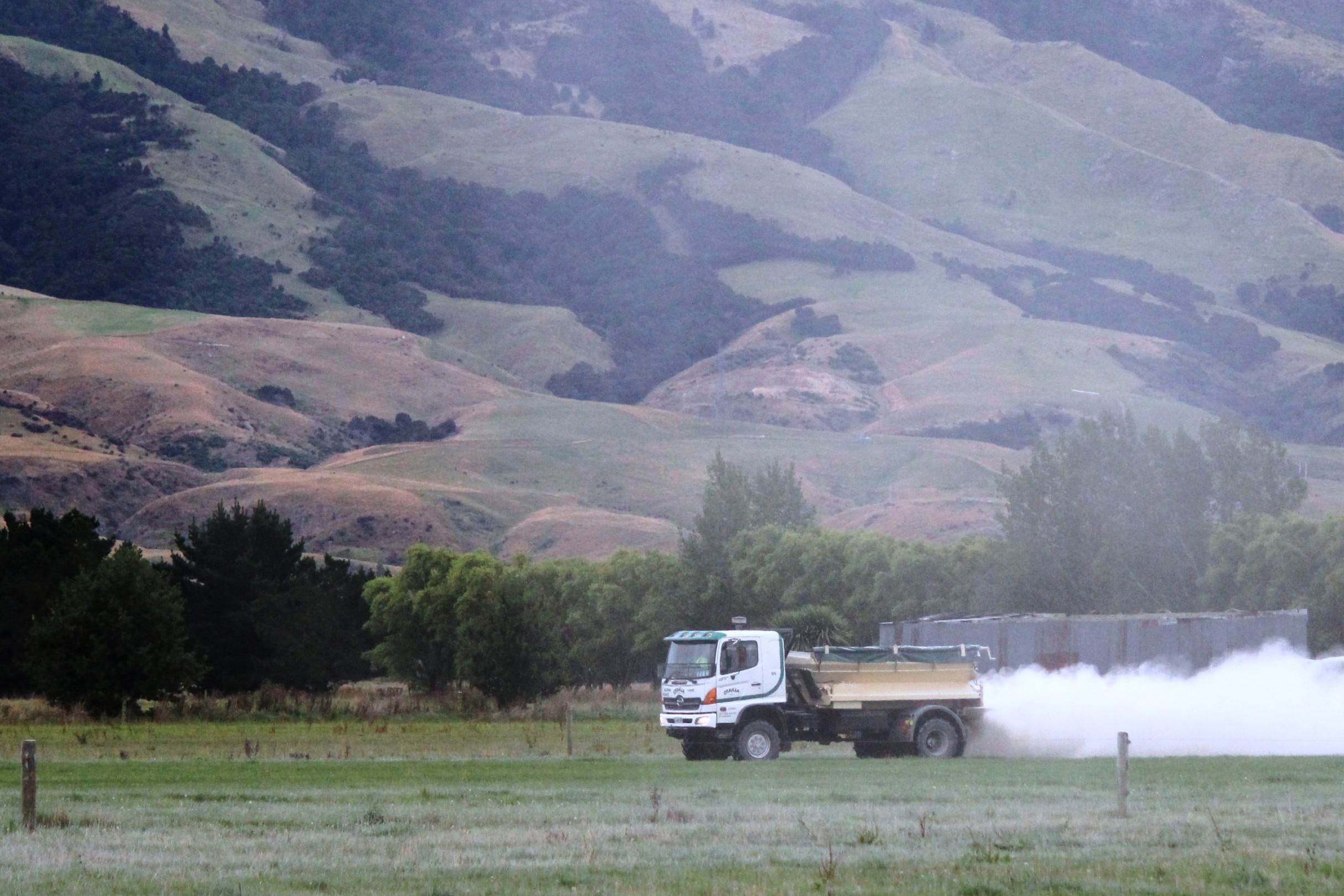Trials show that organic trace minerals are better absorbed, cows produce more and return to service earlier. Chris McCullough reports.
Dairy farmers are often bombarded by science that tries to convince them how good mineral supplements are and how they can send profits soaring into bank accounts.
Strip away the sales jargon and there may well be some benefits to adding them to rations but only if there is an overwhelming need – or is that fake news?
In a nutshell, there are three things to remember about trace minerals as Steve Elliott, global mineral director for Alltech, outlined during his presentation at this year’s Alltech ONE conference, held virtually due to Covid-19 restrictions.
He said: “First, trace minerals are essential. They’re not feed additives. We have to include them in every kilo of feed that we produce every day.
“The second thing is that the type and the level of trace mineral that we use in diets can impact the absorption of nutrients and have other diet interactions.
“And thirdly, that’s why I think the industry should be using more of these organic trace minerals. We know they have higher bioavailability, less interaction with other diet components, and they fall very nicely under what we call the ACE principle, which means they’re good for the animal, the consumer, and the environment.”
Steve outlined his five pillars of trace mineral nutrition to include what they are and what they should do.
“One, we know they are required every day but do we really know what our animals need? Number two is, have we considered these diet interactions with things like enzymes, vitamins, antioxidants?
“The third question we should ask ourselves is what about the environment? Pollution is getting to be more of a concern, trace minerals are linked to contamination.
“Number four would be food safety or impurities. We know many of the food recalls over the last 15 years have been linked back to contamination from things like inorganic trace minerals.
“And then ultimately, do we really know of an alternative approach to fortifying diets of trace minerals?” he said.
The main focus of Steve’s talk was to consider whether farmers really know the requirements and some of the newer science that has shown us that maybe there is a better way of fortifying diets.
The connection between what animals really need these days, in terms of trace minerals, and what research tells farmers that the cattle require is based on dated references, according to Steve.
“Today’s diets contain anywhere from three to 10 times what science tells us that cattle need. Is that really the way that we should be fortifying diets? We would never feed three or 10 times as much protein or energy to a cow. But we do it every day with trace minerals. I’m not sure that’s the best approach.
“I realise that the cows we’re feeding today are significantly different from the cattle we fed 30, 40 years ago, yet trace mineral recommendations have changed very little,” he said.
“But if we look at the National Animal Health Monitoring System you can see that many of the problems that we continue to experience in dairy cattle production are actually linked at parameters that involve trace minerals, things like reproduction, mastitis and lameness.
“All have many publications showing that these types of afflictions are actually affected by trace mineral status. And if we look at other publications it’s fairly well documented that deficiencies in specific trace minerals, like selenium or zinc or copper,are linked to things like mortality, failure of vaccines, or diarrhoea.
Animals need zinc, copper, manganese, and selenium every day – some more than others – but the basic functions are the same.
Steve said: “We know things like selenium are very highly linked to immunity and thus the ability to battle specific mastitis pathogens. The higher the selenium status of the herd, the less mastitis challenges those herds have.
“Research shows that the herds with higher selenium status actually produce more milk. I think being able to increase trace mineral status, and in this case selenium status, has shown us higher productivity in our dairy animals.
“We’ve also shown similar studies when it comes to the other trace minerals like zinc, copper, and manganese. Under stressful conditions and high somatic cell count scenarios, by incorporating organic minerals into these diets we were able to significantly reduce the cell count struggle of this herd.”
Productivity is something dairy farmers are always trying to improve. Steve noted some trials with high-producing cows in Europe.
“In this case we fed them either inorganic trace minerals, zinc, manganese, and copper, or we fed them a blend of half inorganic, half organic, or we fed them only the organic source.
“These cows started on supplementation 45 days before they calved, and we monitored them all the way through the full lactation. We found the cows that received only the organic trace minerals actually had significantly lower somatic cell counts.
“When we looked at that overall lactation we found that the cows that received organic trace minerals actually produce 442 kilos of additional milk compared with their herd mates that were maintained on the inorganic trace mineral diets.”
Steve also touched on reproduction and trace minerals stating that deficiencies in certain trace minerals can cause a multitude of problems when it comes to reproductive parameters.
“We looked at fortifying diets with some organic trace minerals and we saw that typical parameters of days to first service after calving or first service conception rates were significantly improved by incorporating organic minerals into those diets,” said Steve.
In conclusion, Steve said there are a number of trials out there that actually show that farmers can utilise organic trace minerals as a single source in dairy cattle and actually improve productivity.
He added: “At Alltech we’ve done almost 200 trials looking at using only these organic sources. And I think that there’s plenty of new information suggesting that may be the right way to go.
“To finish up, I’m a bit confused. I am confused as to why the industry continues to over-fortify diets when there’s little-to-no scientific justification for the levels that we’re currently using.





